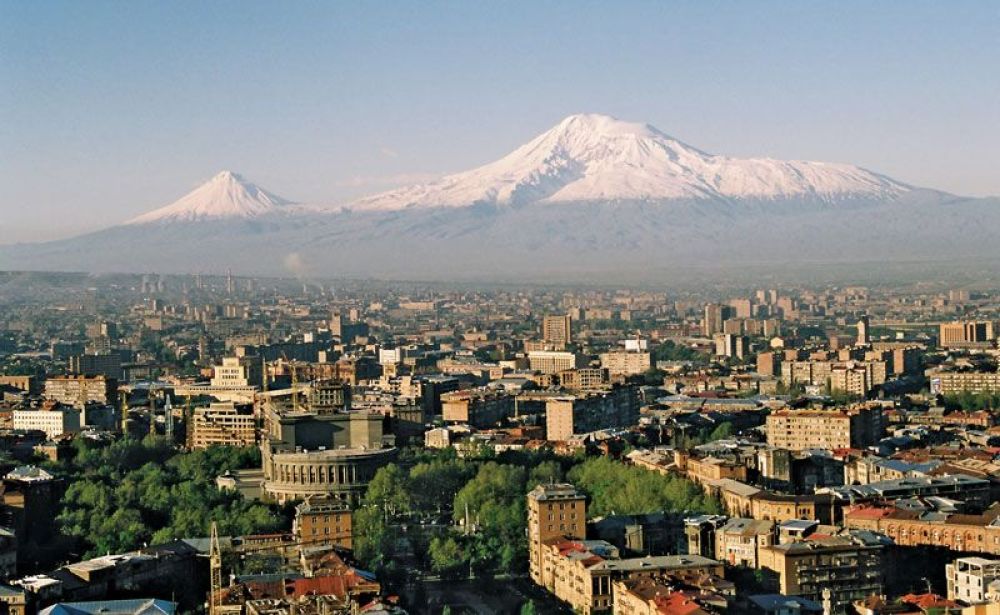

Tourism in Yerevan, Armenia's capital city, has a rich history that spans over several decades. As one of the world's oldest continuously inhabited cities, Yerevan has transitioned from a Soviet-era destination to a vibrant cultural and historical hub that attracts tourists from all around the globe.
Historically, Armenia's strategic location at the crossroads of East and West has made it a melting pot of cultures and a focal point for trade and exchanges. Yerevan, as the capital, has always been at the center of this. In the early 20th century, the city began to see an influx of visitors, particularly after the establishment of the Armenian Soviet Socialist Republic in 1922 when it became the capital. During this time, tourism was primarily state-managed and catered to domestic travelers as well as some visitors from other parts of the Soviet Union.
In the Soviet era, Yerevan was transformed with industrialization, and urban development projects gave the city a new face. Tourism during this period was highly regulated, with the government overseeing travel itineraries. Visitors were often impressed by the city's grand Soviet architecture, such as the Republic Square and the National Opera Theater. However, foreign travel into Armenia was limited and controlled.
Following the collapse of the Soviet Union in 1991 and Armenia's subsequent independence, Yerevan started opening up to the world. Historical and cultural attractions such as the Cascade complex, the monumental statue of Mother Armenia, and the millennia-old Erebuni Fortress began to see more foreign visitors. Armenia's independence also marked the start of significant growth in the number of diaspora Armenians visiting Yerevan, keen to discover their ancestral roots.
In recent years, the Government of Armenia has emphasized tourism as a key sector for development. Modern Yerevan boasts a combination of historical attractions, such as the Armenian Genocide memorial complex Tsitsernakaberd, and modern amenities, including a thriving café culture, restaurants serving traditional Armenian cuisine, and a bustling arts scene.
Tourism trends in Yereven have been moving towards experiential and adventure tourism, with an increase in demand for activities such as hiking in the surrounding mountains, exploring the local wineries, and participating in cultural festivals. Sustainable tourism has also become a focus, with initiatives aimed at preserving the natural and cultural heritage of the city while fostering economic growth.
The city has faced challenges, such as the need to improve infrastructure and services to keep pace with the growing number of visitors. Nevertheless, the Armenian government and private sector have been investing in new hotels, tourist facilities, and improved transportation links, including the recent modernization of Zvartnots International Airport, which serves Yerevan.
Events such as the annual Yerevan Wine Days and the Erebuni-Yerevan festival continue to draw increasing numbers of tourists. Yerevan's growth as a tourist destination reflects a city that honors its ancient past while eagerly embracing the future.
Yerevan's tourism history is a testament to its resilience and ability to adapt to changing times. From a historic city in the heart of the Caucasus, it has emerged as a dynamic destination that continues to attract visitors for both its rich cultural offerings and its warm hospitality.